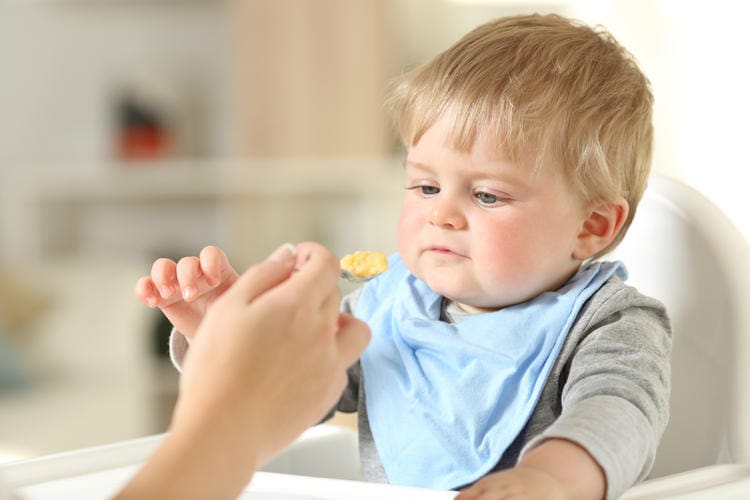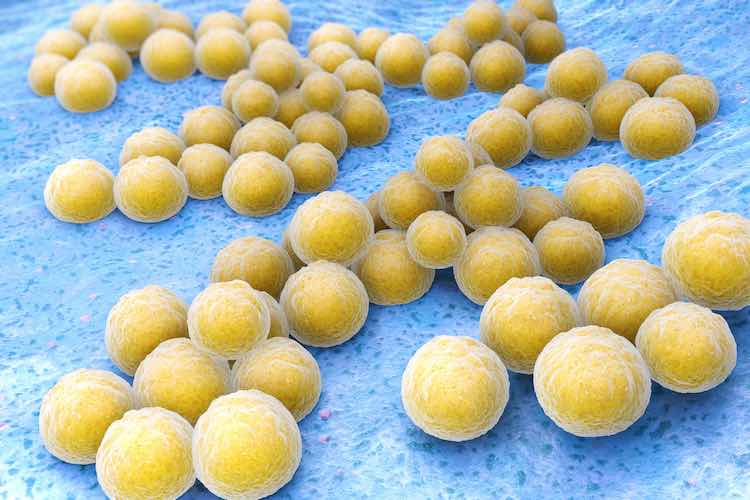Peanut allergy is the most common serious food allergy in children. About 3 in every 100 infants are allergic to peanuts, and the prevalence seems to be rising.
acne
Iron deficiency anaemia in children
Many children do not get enough iron from their diet to meet the demands of their growing bodies. This can result in low body iron and eventually iron deficiency anaemia (low haemoglobin).
Childhood infections: minimising the spread
The 3 most effective ways of stopping the spread of childhood infections are: getting your children vaccinated; keeping them at home when they are sick; and careful hand washing.
Itch
Itching (medical term pruritus) can be one of the most distressing physical sensations we experience.
MRSA superbug infections rising in kids with eczema
MRSA superbug incidence is rising dramatically in children with eczema.
Rosacea linked to increased risk of dementia
Rosacea, the skin condition, is associated with an increased risk of neurological disorders such as Alzheimer’s disease and dementia.
When to see your doctor
Deciding whether to go to the doctor about symptoms is not always easy, especially in children, but some symptoms should not be ignored.
Paronychia
Paronychia is an inflammation of the skin bordering a fingernail or toenail. This inflammation can be classified as acute or chronic, depending on your symptoms, the cause of the inflammation and how long you have had it.
Corns and calluses
Among the most common causes of sore feet are calluses and corns. Calluses are bigger than corns and usually found on the sole of the foot.
Infectious diseases: when can my child go back to school or child care?
Children with certain infections need to stay away from school or child care to recover and to help stop the spread of infection. Use this guide to work out how long your child should stay away.








